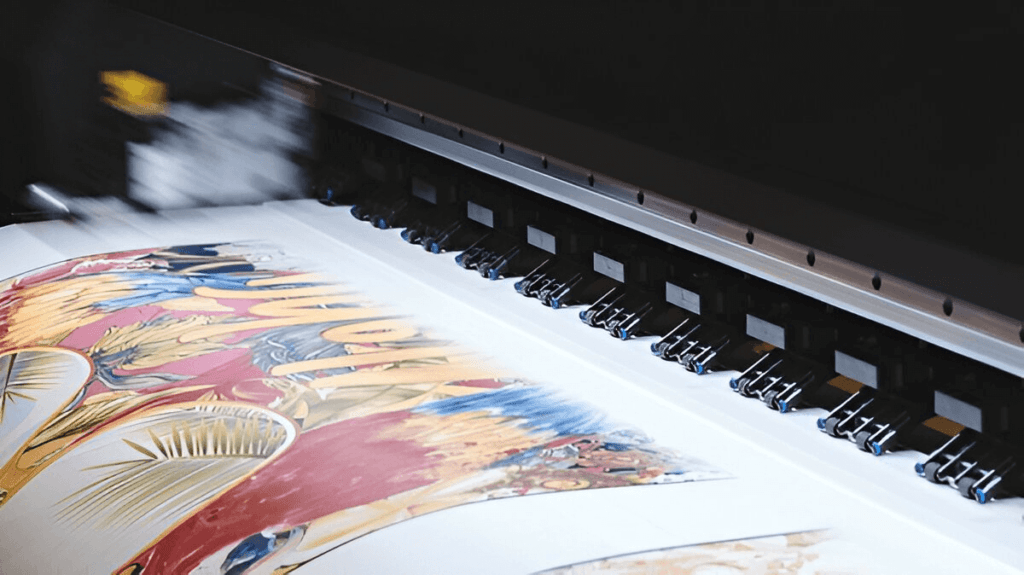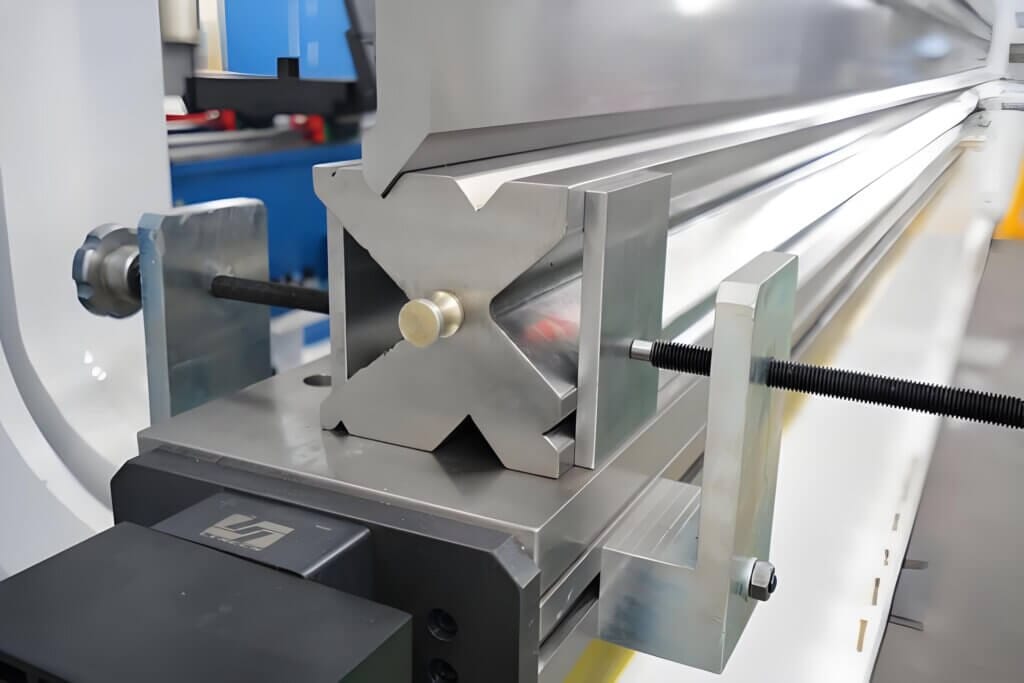When to buy a tearing blade?
- Laps are the most commonly used type of saw blade in table saws and skill saws. They are designed to cut parallel to the grain of the wood, and their shape allows them to split the wood you are cutting as if you were swinging an axe on a log. The number of teeth ranges from about 10 to 30. The higher the number of teeth, the smoother and more refined the cutting. The lower the number of teeth, the faster and rougher the cutting.
- If you don’t want to sand a bunch before applying glue and fixing the boards, you’ll usually want to use more tooth counts. If you’re dealing with something that hasn’t been finished yet, or something that needs to be sanded anyway, then a lower tooth count is a good option. The downside to having more teeth is that the blades wear out faster.
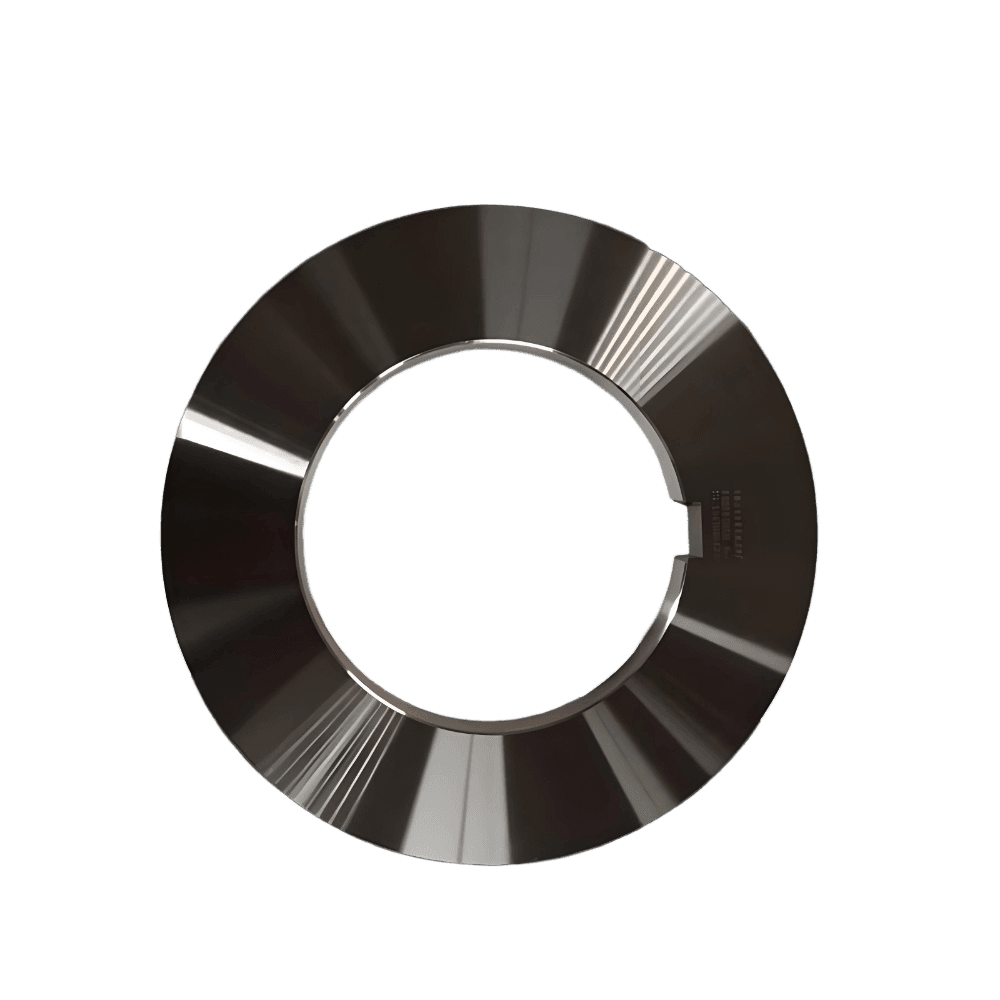
When to buy a cross-cutting blade
- Cross-cutting blades are designed to cut perpendicular to the grain of the wood. These blades are designed to cut many of the fibers in the wood you are using, which means that while cross-cutting blades typically have more teeth, they take longer and create more friction when cutting. This is where the saying “go against the sky” comes from.
- The difference between cross-cutting blades is the shape of their teeth: they have alternating top bevels (described on the packaging as ABT) or Hi-ABT, an alternating beveled design with a more acute angle at the tip. For softer woods such as pine, regular ABT is a good choice, especially when you are dealing with something that does not require a high finish. For finer, more precise cuts and to reduce tearing, it is best to use Hi-ABT blades, especially when dealing with hardwoods.
- Hi-ABT blades have finer teeth, so they wear out faster. If you have a small project, a regular ABT blade and some sandpaper may be the right choice.
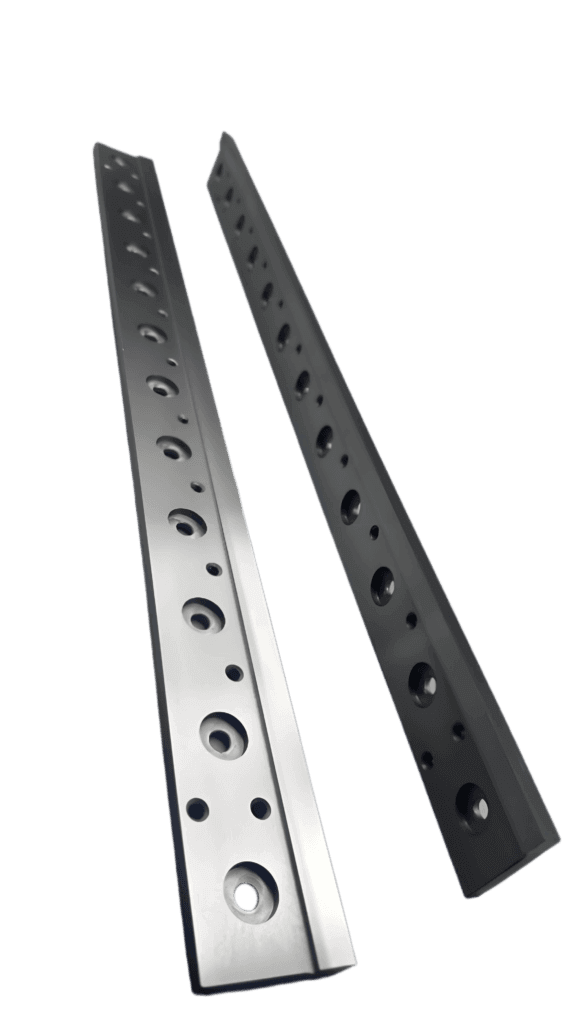
When to use a combination blade
- If you have some carpentry experience, you know that if you’re doing a lot of cutting, it’s impractical to replace the saw blade every time you use it. Combination blades are the most useful type, unless you’re making high-end cabinets on a large scale or are performing a project that requires only one type of cutting.
- These combination blades have a number of types of teeth, ranging in number of teeth: Combination blades that are both durable and can make fairly clean cuts typically have a range of 40 to 60 teeth. These blades have what is called an ATBR (alternating top bevel with rake) or Hi-ATBR tooth design. It will sometimes be referred to as ATAFR on the packaging, but they are the same thing. This tooth design gives the blade a certain range of cuts through the shape of the alternating teeth.
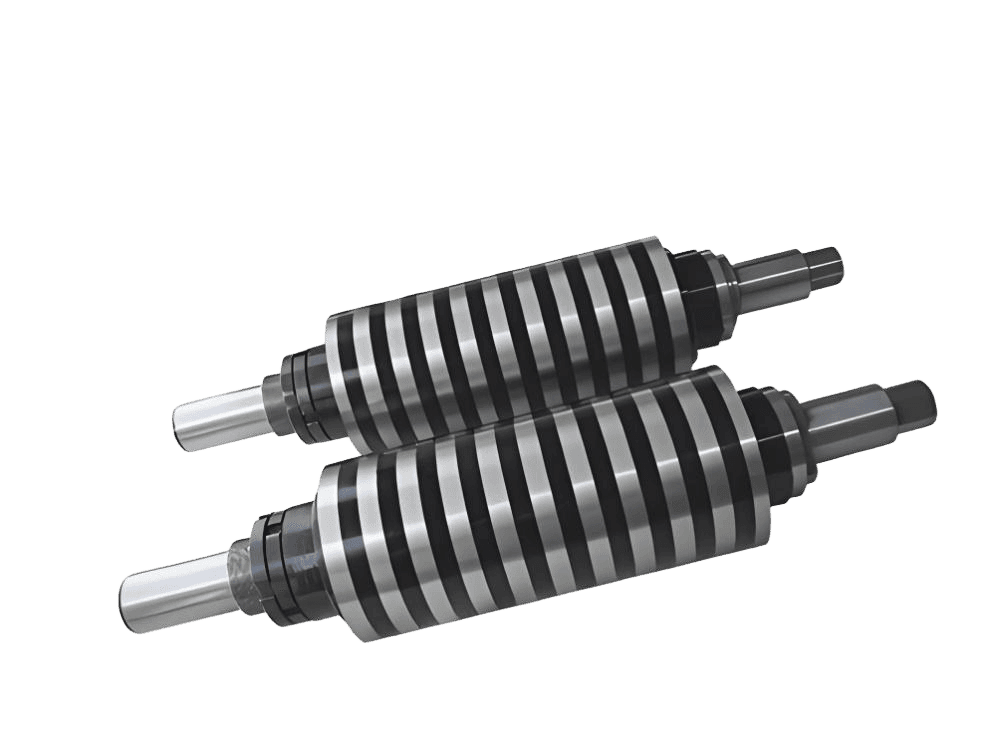
For most DIY carpenters, this blade type will be your best friend, allowing you to make multiple cuts with the same blade.


